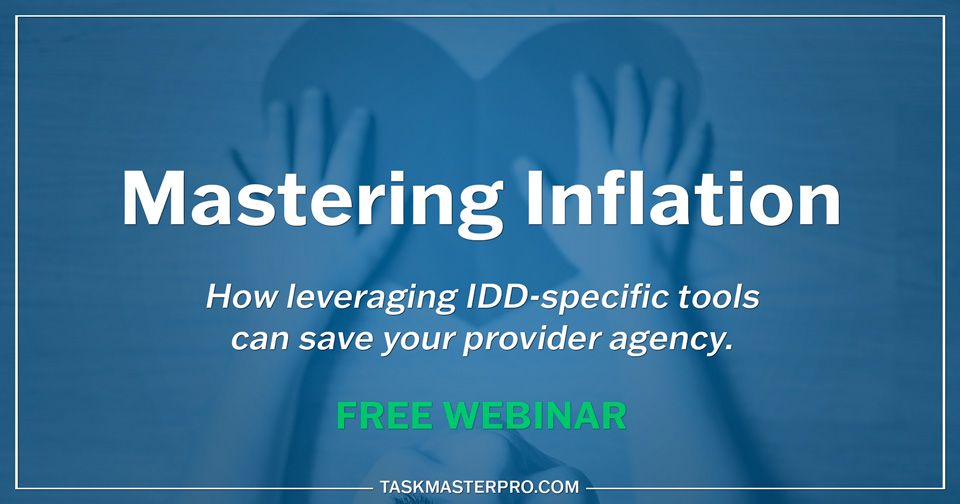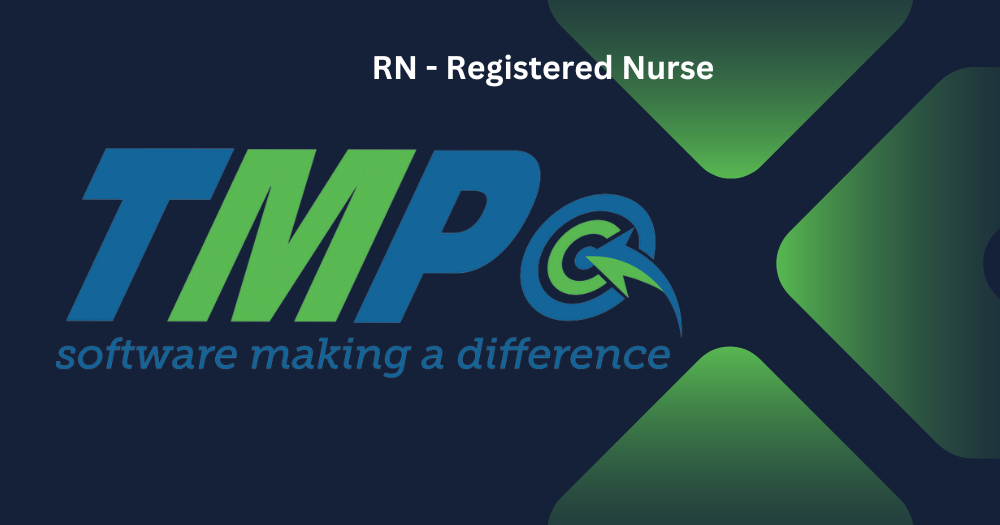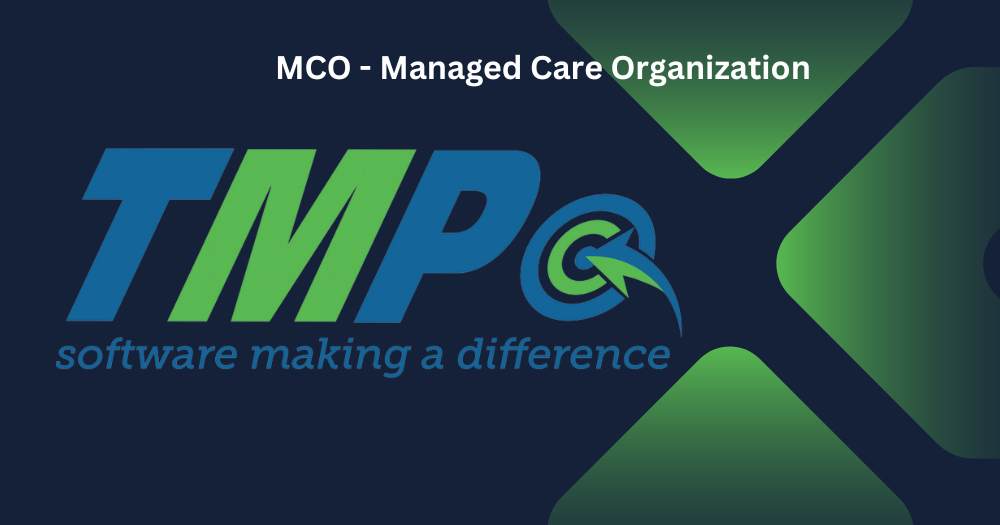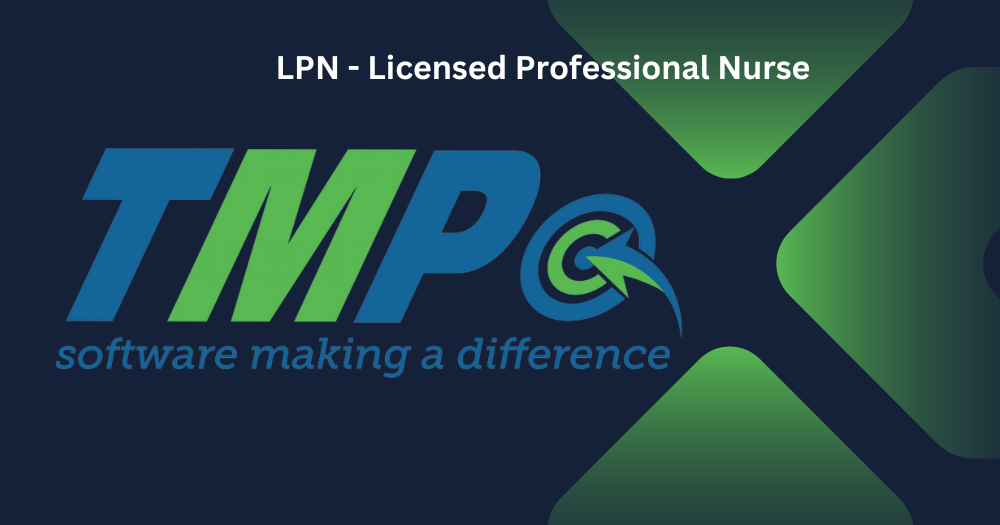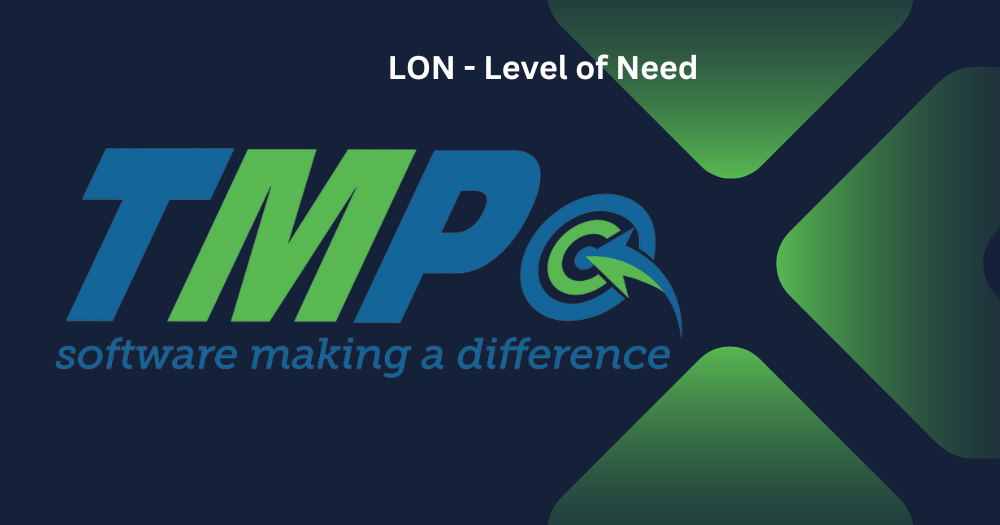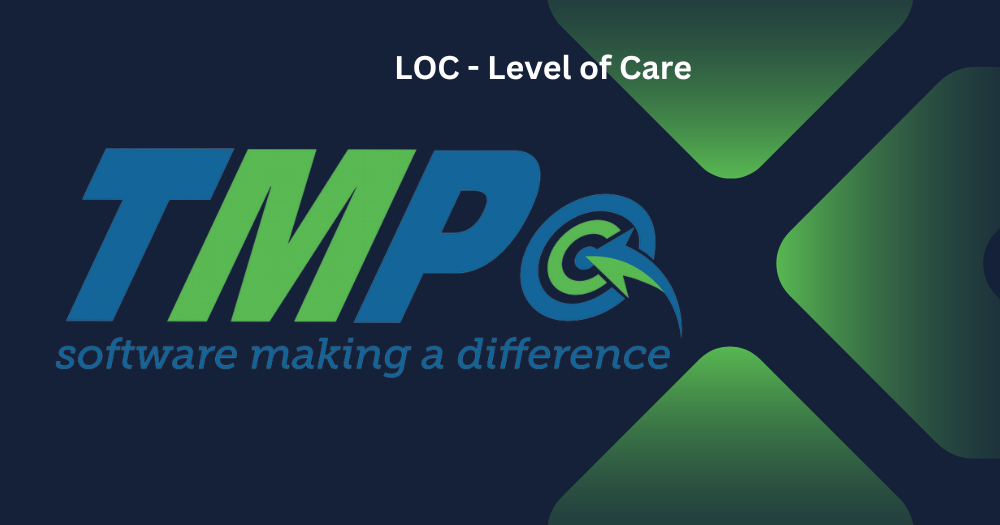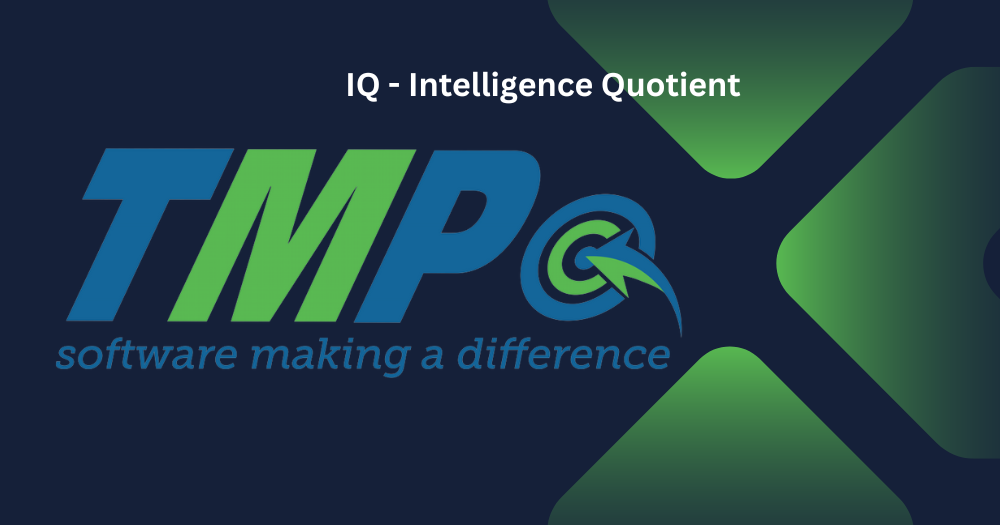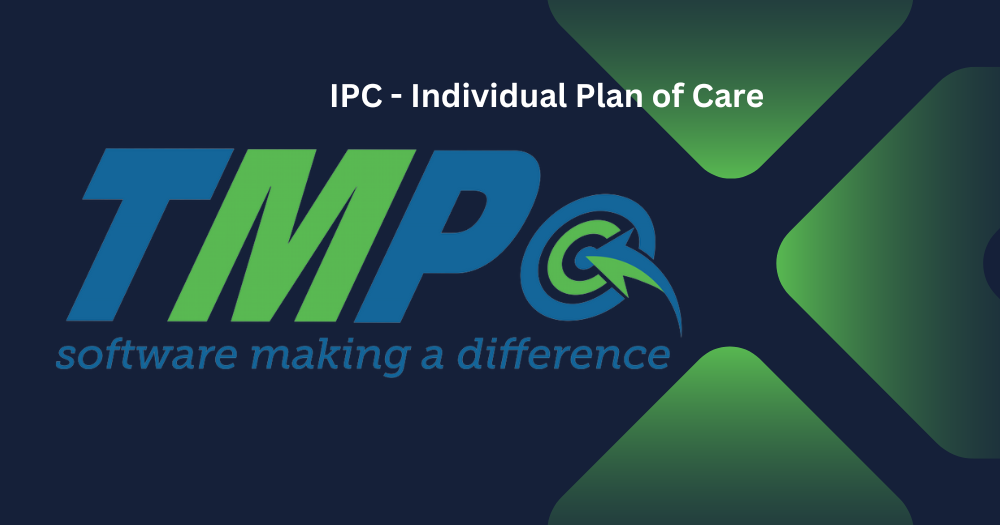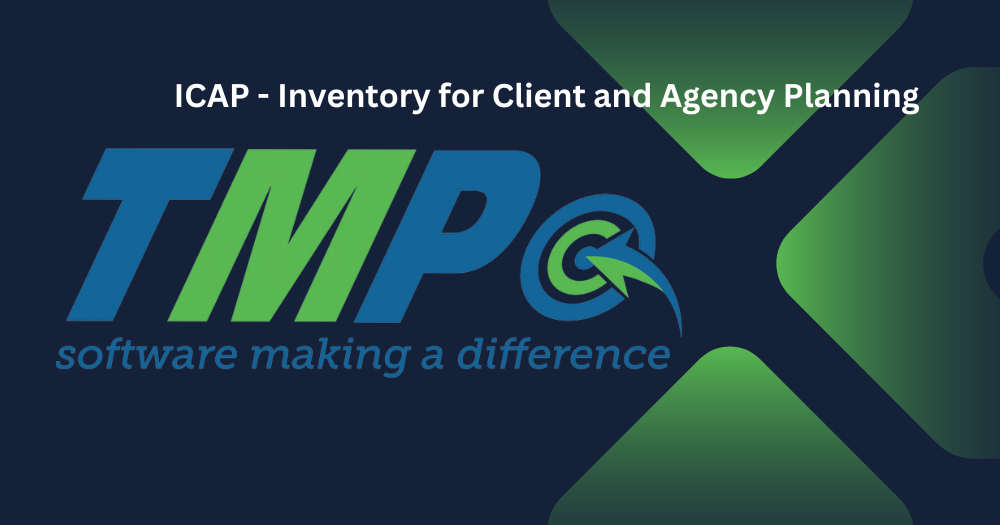IDD Webinar – Mastering Inflation
How leveraging IDD-specific tools can save your provider agency.
Are you feeling the pinch of inflation tightening its grip on your IDD provider agency’s finances? Join us for this informative webinar where we unveil the essential strategies to combat rising operational costs and thrive in a challenging economic landscape.
In this session, we’ll dive deep into the world of IDD-specific digital software tools crafted by seasoned providers who understand the unique challenges faced by agencies like yours. Discover how leveraging these innovative solutions can empower your operation to accomplish more with fewer resources, ultimately boosting service outcomes, enhancing staff performance, and driving down operational expenses.
During this free webinar, you’ll gain invaluable insights into:
- Understanding the detrimental impact of inflation on your business and actionable steps to counteract it effectively.
- Harnessing the power of billing automation to streamline processes and optimize financial management.
- Unveiling the secrets to transition from mere survival to unprecedented growth and success.
- Overcoming the challenges of change management and embracing transformative technologies with confidence.
- Exploring the myriad benefits of adopting IDD-specific software designed by industry experts and advocates within the disability community, versus opting for a generic platform.
Presenters
Larry Hill – Founder of TMP, Owner of Hill Resources Inc, IDD Advocate
Gary West – CEO of TMP
Tim Strombel – Director of Marketing at TMP
Andrew Hill – Program Director at Hill Resources
Want to learn more about what TMP’s IDD-specific software can do for your provider agency? Reach out today to set up your free demo and learn why so many providers trust TMP.

